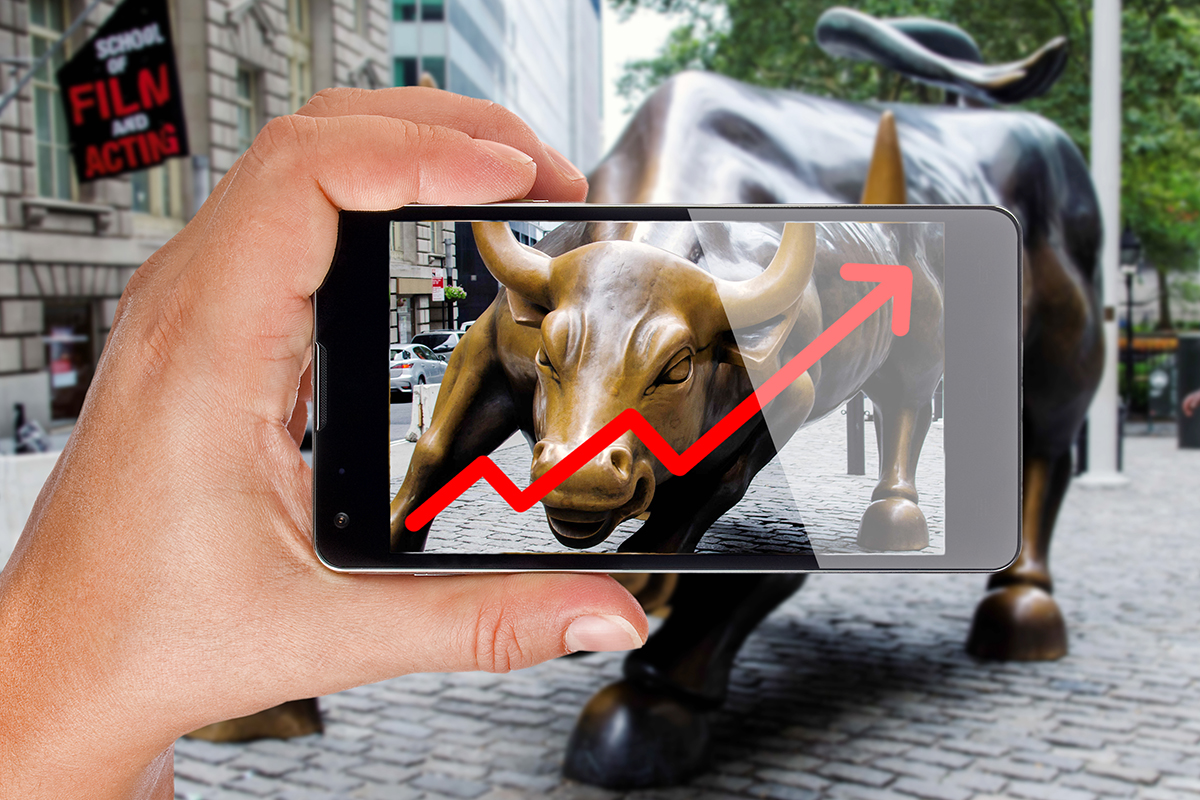On Wednesday, U.S. stocks lingered on the brink of ushering in a new bull market phase for Wall Street.
The S&P 500 displayed a slight decline of 0.2% during afternoon trades after retreating from an earlier advance that exceeded the 4,292.44 mark. Should it close the day at this level, the primary indicator of the U.S. stock market’s health would be elevated by 20% since its position in mid-October. This rise signifies the end of the agonizing bear market that originated in early 2022.
The Dow Jones Industrial Average had risen by 37 points, or 0.1%, to 33,611, while the Nasdaq composite was lower by 0.6%.
The spirits corporation, Brown Forman, experienced a 3.5% rise following the announcement of an enhanced profit for the recent quarter, partially attributed to its Woodford Reserve brand growth. Another strong performer was Dave & Buster’s, whose stock surged by 20.5% after reporting higher-than-expected profits for the same period.
Conversely, Campbell Soup’s shares dipped by 7% following disappointing revenue results for the latest quarter. The company’s projected earnings for the fiscal year fell below analysts’ forecasts due to price increases leading to decreased customer purchasing.
Despite these variations, the overall market has seen months of growth, supported by a robust economy that continues to defy recession predictions and the thriving performances of several major tech firms. However, transitioning from a bear to a bull market does not negate the numerous existing challenges.
One central issue puzzling Wall Street is the uncertainty over what will come first: a recession or a sufficient drop in inflation to prompt the Federal Reserve to slash interest rates.
Hence, the forthcoming week will garner significant attention from Wall Street as the U.S. government is slated to disclose the latest monthly updates on consumer and wholesale inflation levels. The Federal Reserve’s upcoming meeting on interest rates also looms.
The prevailing consensus among traders is for the Fed to maintain the current rates in the ensuing week. If this materializes, it would be the first meeting in over a year where rates have yet to be increased. However, traders anticipate the Fed to resume hiking rates in July.
This assumption is pivotal because elevated interest rates aim to rein in rampant inflation by decelerating the economy and reducing prices for stocks, bonds, and other investments. The Fed has escalated its benchmark overnight interest rate to the highest level since 2007.
The pressure of high rates has already initiated some fractures in the U.S. banking and manufacturing sectors, yet the job market remains notably resilient.
Despite the S&P 500 is close to a bull market, an almost equal number of stocks within it have registered a decline for 2023 as those that have risen.
An anticipated boost to the global economy failed to materialize, contributing to the strain. China’s Trade data indicated a slowdown of the world’s second-largest economy.
Chinese exports in May fell 7.5% year-on-year, and imports dropped 4.5%, signalling a deceleration in its economic recovery following the removal of anti-COVID controls that had disrupted travel and commerce in December.
Stocks in Shanghai posted a minimal gain of 0.1%, while Hong Kong’s Hang Seng increased by 0.8%.
Tokyo’s Nikkei 225 index reported a significant 1.8% decrease, its largest in 12 weeks, as investors moved to secure recent gains due to prices reaching their highest since the early 1990s.
In Europe, the stock indexes showed a mixed trend.
Regarding the bond market, the yield on the 10-year Treasury increased to 3.78% from 3.68% late on Tuesday, influencing the rates for mortgages and other vital loans.
The two-year yield, more sensitive to the Fed’s expectations, rose to 4.60% from 4.50%.
The U.S. stock market shows signs of a potential transition into a new bull market, defying recession predictions and enduring various challenges. However, uncertainties remain, particularly about the Federal Reserve’s actions and global economic factors. Wall Street, investors, and analysts await critical inflation updates and the Federal Reserve’s meeting next week. Furthermore, factors such as international trade and the performance of specific sectors and companies continue to impact the market. Whether Wall Street can successfully cross over into a new bull market and how long this phase might last remains to be seen.







